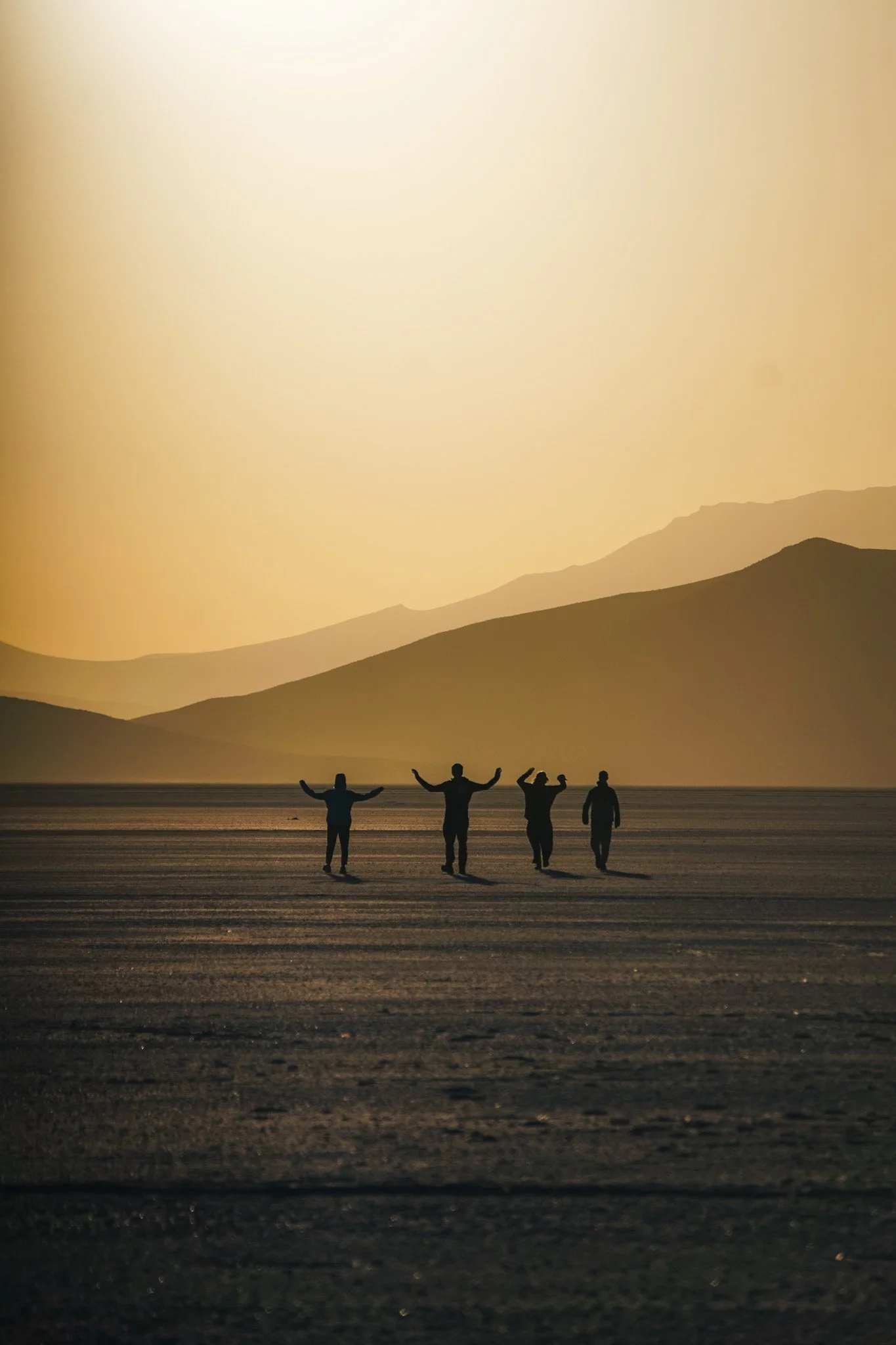
How to travel Bolivia
Traveling in Bolivia offers an incredible mix of natural beauty, cultural experiences, and historical landmarks. Here’s a guide on how to explore the country:
Best time to visit
The dry season (May to October) is the best time to visit the highlands, including Uyuni, La Paz, and Potosí.
The rainy season (November to March) is better for Amazon and lowland areas, but some roads might be inaccessible due to flooding.
Arriving in Bolivia
Air Travel
The main international airports are in La Paz (El Alto International Airport) and Santa Cruz (Viru Viru International Airport). Flights from South America, the US, and Europe can be found regularly. From Europe you will probably arrive in Santa Cruz.Overland Travel
You can enter Bolivia by bus from neighboring countries like Peru, Chile, Argentina, and Brazil. Popular border crossings are Desaguadero (from Peru), Villazón (from Argentina) and San Pedro de Atacama (from Chile).
Visa Requirements
Citizens of many countries, including the EU, Australia, and Canada, don’t need a visa for stays of up to 90 days.
US citizens and others might need a visa, which can be obtained on arrival or from Bolivian consulates abroad.
Top Destinations
Bolivia offers diverse landscapes, from the Andes to the Amazon rainforest. Some highlights:
La Paz
The world’s highest capital city, known for its cable cars, vibrant street markets, and stunning views of the Andes.Salar de Uyuni
The world’s largest salt flat, a surreal landscape with mirror-like reflections during the wet seasonLake Titicaca
The highest navigable lake in the world. Visit Copacabana and take a boat trip to Isla del Sol.Sucre
Bolivia's constitutional capital, a beautiful colonial city with whitewashed buildings and a rich history. A UNESCO World Heritage Site.Potosí
Once the richest city in the world, famous for the Cerro Rico silver mine. You can tour the mines and learn about Bolivia's mining history. I did not go there but heard it is definitely worth it.
Rurrenabaque
A base for jungle and pampas tours into the Amazon Basin, great for wildlife viewing and trekking. From here you can also visit Madidi National Park, part of the Amazon rainforest, home to diverse wildlife like jaguars, monkeys, and pink dolphins. Ideal for nature lovers and eco-tourism.
Getting Around
Flights
Domestic flights are the quickest way to travel long distances, especially between La Paz, Santa Cruz, Uyuni, and other major cities. You can easily book flight through Boliviana de Aviación, or simply BoA. This airline is the flag carrier of Bolivia wholly owned by the country's government. Flights between Santa Cruz and La Paz are 30 to 50 euro.Buses
Bolivia has an extensive bus network. However, roads can be rough, especially in remote areas. Buses vary in comfort level, from basic to luxurious. Companies like Todo Turismo provide comfortable services for longer routes like La Paz to Uyuni. You can easily book this in your hotel, bus office or busbud.comTrains
There's a small rail network in the south and east, not recommended.Taxis and Colectivos
In cities, taxis are affordable but make sure to negotiate the fare beforehand. Colectivos (shared taxis) are common for short distances.Car Rentals
Available in larger cities, but driving conditions can be challenging, especially in remote areas. I would not recommend it.
Things to Keep in Mind
Altitude
Bolivia has many high-altitude regions, especially in La Paz, Uyuni, and Potosí. Take time to acclimatize and stay hydrated, avoid alcoholic drinks. Coca tea is a common remedy for altitude sickness.Currency
The local currency is the Bolivian Boliviano (BOB). Cash is king, especially outside major cities. ATMs are available in cities, but it’s best to carry cash at all times.Language
Spanish is the official language, but many indigenous languages like Quechua and Aymara are also spoken. Basic Spanish phrases will be helpful, though English is spoken in some tourist areas.Safety
Bolivia is generally safe for tourists, but petty crime like pickpocketing can happen, especially in busy areas. Stay aware of your belongings.
Packing Tips
Layered Clothing
Temperatures can vary widely due to altitude. Pack warm clothes for the Andean regions, even in the daytime, and lighter clothes for the lowlands.Sturdy Shoes
Especially if you're hiking or visiting places like Uyuni or Madidi.Sun Protection
The high altitude means stronger sun, so bring sunscreen, a hat, and sunglasses.
Responsible Travel
Respect local customs and dress modestly in rural or indigenous areas.
Be mindful of wildlife conservation efforts, especially in eco-tourism destinations like the Amazon Basin.







